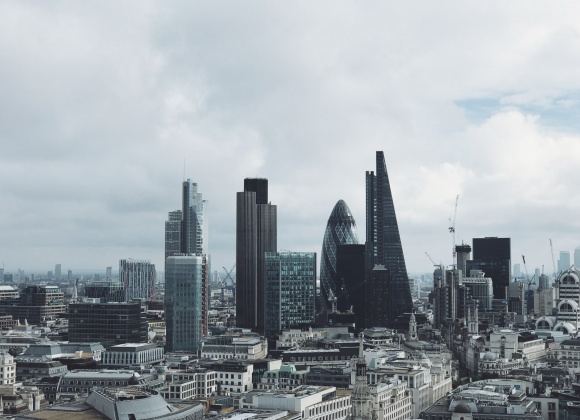Improving The Green Status Of London’s Districts
Environmental concerns are growing, and scientists warn that there will be irreversible damage to our planet if we don’t take urgent action to reduce carbon emissions. There has been a major focus on making the UK’s cities more eco-friendly in recent years. The UK government recently announced a 25 year environment plan which aims to protect the natural environment and create a greener future. There have also been several green policies and initiatives introduced in London to lower carbon emissions and create a healthier and more sustainable capital. Here are some of the key strategies that have been introduced to improve the green status of London’s districts.
Making buildings more energy efficient
Significant progress has been made in recent years to make the capital’s homes and buildings more sustainable and energy efficient. In 2013, the London Green Fund invested £12 million into a social housing scheme designed to make properties in the capital more eco-friendly. Many of London’s residential and commercial properties have been required to have an up-to-date Energy Performance Certificate (EPC) to assess the energy performance of the building. Money from the London Green Fund has then been used to complete various energy-saving upgrades to improve the energy ratings of buildings in the capital. Some of the most common energy-saving upgrades involve adding extra insulation, replacing old boilers and upgrading to double or triple glazed windows. These improvements have played a vital role in reducing carbon emissions generated by residential and commercial buildings. The energy-saving upgrades have also saved property owners money by lowering energy costs and cutting monthly utility bills. This has helped to make living in the capital more affordable, particularly for low-income families.
Reducing reliance on fossil fuels
The burning of fossil fuels like coal and gas is one of the main reasons behind global warming and is causing serious environmental pollution. The UK government has introduced various schemes to increase the proportion of energy generated from renewable sources like solar and wind. These schemes have been largely effective and zero-carbon electricity surpassed fossil fuels for the first time in 2019, according to a survey by the National Grid. Despite this, research shows that London’s main source of energy is natural gas. The Mayor of London wants to change that and has set a target for ten times more solar energy generation to be installed in the capital by 2030. The uptake of renewable energy, particularly solar, will play a crucial role in helping London achieve its zero-net targets by 2050.
Encouraging the use of public transport
Cars that run on petrol or diesel generate huge amounts of carbon emissions which is damaging our environment. On top of this, heavy traffic in the capital is causing serious congestion issues and reducing the air quality. The Mayor of London has introduced various incentives to help lower transport emissions in the capital. By 2041, the Mayor aims for 80% of all Londoners’ trips to be made by foot, by bicycle, or by public transport. Record sums of money have been invested in creating green public transport. For instance, diesel buses are slowly being replaced with brand new zero-emission models. All new double-deck buses will be electric or hybrid and there will be a focus on only purchasing the greenest bus models. The aim is that all buses across London will be zero-emission by 2037 at the latest.
Improving recycling rates
Waste has a significant impact on the environment, both locally and globally. Currently, less than half of the 7m tonnes of waste that London homes and businesses produce each year is being recycled. Landfills are expected to reach capacity by 2026, and urgent action is needed to minimise the volume of waste being sent to landfills. The Mayor has pledged to increase recycling rates in the capital up to 65% by 2030. Several schemes have been introduced to increase recycling rates; for instance, consistent recycling services have been introduced in London’s districts with separate collections for food waste.
Conclusion
There has been a major focus on making UK cities less polluting in recent years. Real progress has been made to create a greener capital and there have been significant improvements. However, London still faces serious environmental challenges and there is a lot of work to be done if the capital is going to meet its environmental targets and avoid the worst effects of climate change. The above strategies will help to create a greener, cleaner and more pleasant place to live for all Londoners.



